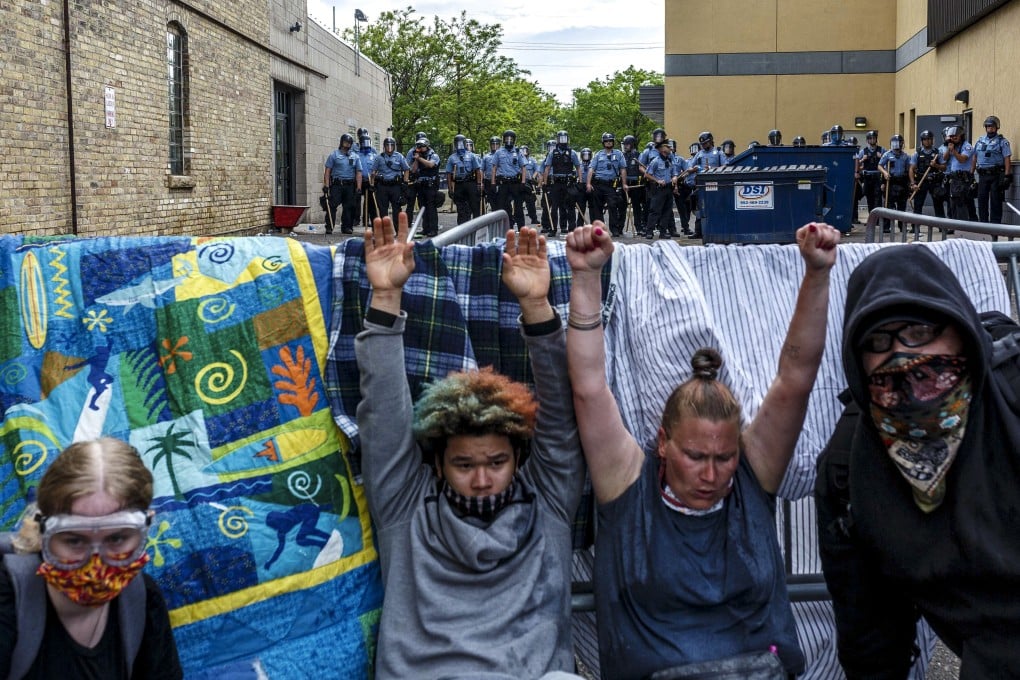Advertisement
Opinion | End the abuse of tear gas for the sake of peaceful protesters in Hong Kong, the US and everywhere else
- The misuse of tear gas at protests in Hong Kong and in the US after George Floyd’s death is part of a worrying trend that is escalating across the globe
- As the UN looks to control goods that could be used for torture or other ill-treatment, it is vital that tear gas is included, while states must also impose their own curbs
Reading Time:4 minutes
Why you can trust SCMP

A year ago today, in a chaotic response to a largely peaceful demonstration, Hong Kong police fired volleys of tear gas in and around Citic Tower as trapped protesters broke into the building to escape the toxic fumes. In the following months, police fired tens of thousands of tear gas canisters at protesters, in a futile effort to quash the demonstrations.
Hong Kong is only the most visible example of the widespread misuse of tear gas which has escalated across the world. Even before the recent rise in its use in cities across the United States, the past year has seen demonstrations in dozens of cities in all regions of the world being doused in what are euphemistically called “chemical irritants”.
Amnesty International has been researching this phenomenon, primarily through videos posted on social media platforms such as Facebook, YouTube and Twitter. Using open-source investigation methods, the organisation verified close to 500 videos of some 80 events in 22 countries and territories where tear gas has been misused, confirming the location, date and validity of events.
Advertisement
Alongside interviews with protesters, the analysis exposes a disturbing global trend of widespread, unlawful tear gas use.
Tear gas has been fired through the windscreen of a car, inside a school bus, at a funeral procession, inside hospitals, residential buildings, metro stations, shopping centres, and, strangely, in virtually empty streets.
Advertisement
Police have fired canisters directly at individuals, leading to fatalities, as well as from trucks, jeeps and drones. On the receiving end have been climate protesters, high school students, medical staff, journalists, migrants and other human rights defenders, such as members of the Bring Back Our Girls movement in Nigeria.
Advertisement
Select Voice
Choose your listening speed
Get through articles 2x faster
1.25x
250 WPM
Slow
Average
Fast
1.25x

